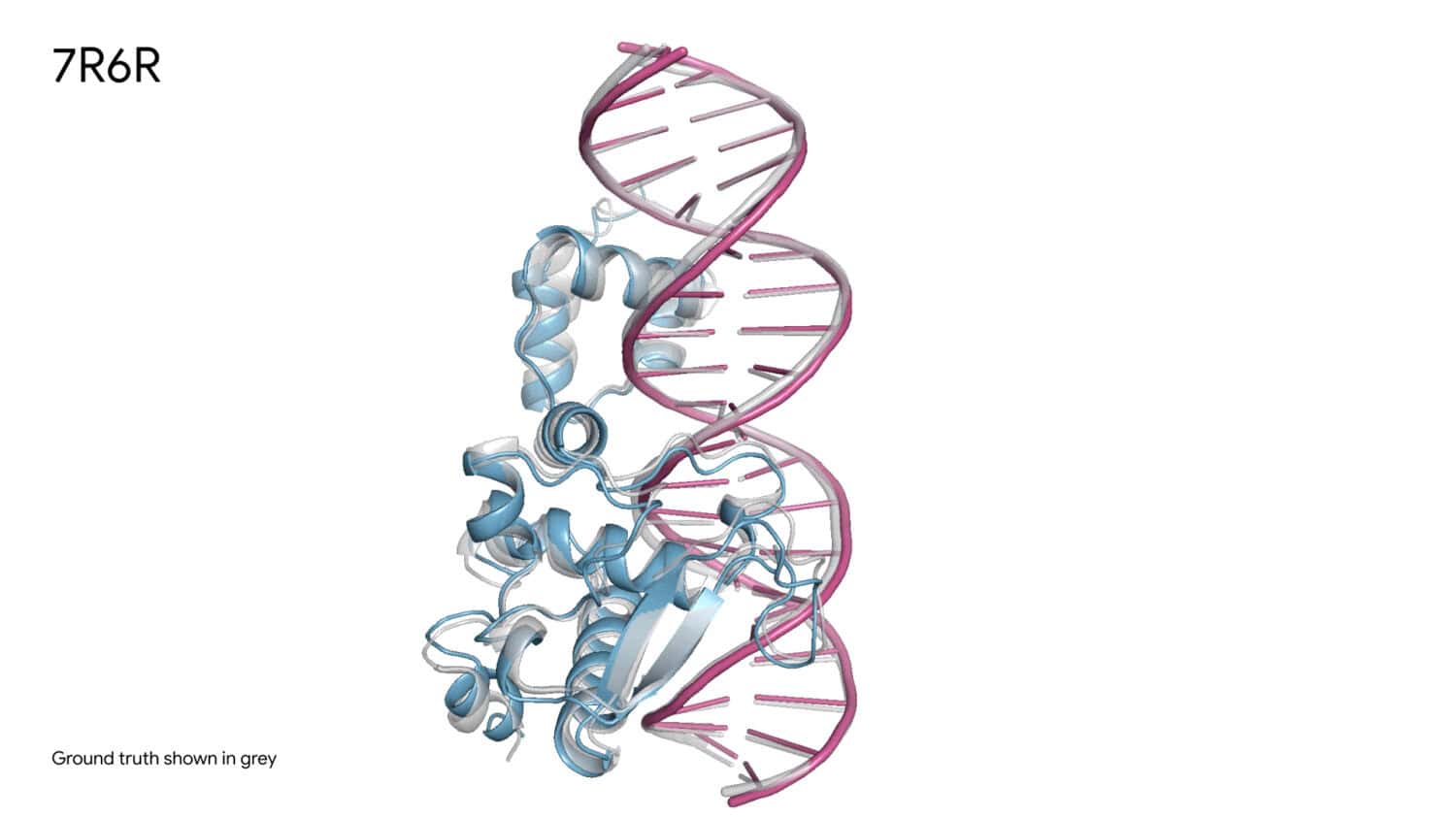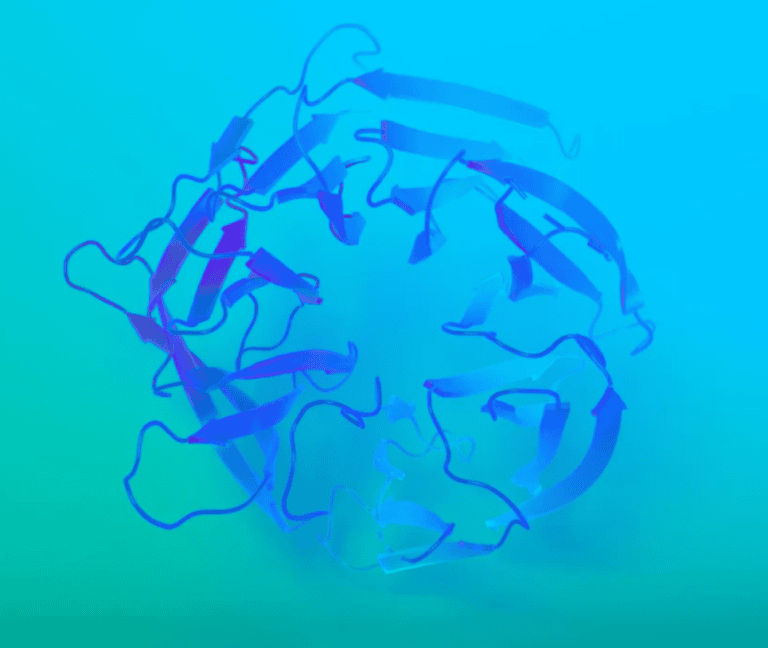Google DeepMind and Isomorphic Labs promise their bio-AI AlphaFold 3 will greatly increase the accuracy of predicting interactions between biomolecules such as DNA, RNA, proteins and the connecting elements (ligands) crucial to biological processes.
This is important for drug and disease research, genetics, production of reusable organic materials and crop breeding.
In a paper due to be published in the scientific journal Nature, the two companies, which jointly developed AlphaFold, promise a 50 percent increase in accuracy in predicting protein structures and their interactions with other biomolecules. In specific categories of molecules, they even reported a doubling of accuracy.
Broader spectrum of biomolecules
This improvement is compared to earlier versions of the tool, which was created to predict the structure of biomolecules—the building blocks of cells and living organisms. The latest version is not only more accurate, but also covers a broader spectrum of biomolecules.
The two companies previously made a big impact with version 2 of AlphaFold, which could very quickly make accurate predictions about how proteins form structures and interact with other molecules. Proteins play essential roles in building and repairing tissues, food digestion, transporting substances through the body and communication between cells.

The image above shows an AlphaFold prediction of how a protein (blue) attaches to DNA (red), forming a molecular complex. The underlying gray shows the molecular structure as it actually is -i.e., in real life. The match is almost 100 percent.
Frequently cited in scientific publications
According to Google Deepmind and Isomorphic Labs, scientific papers now frequently quote from the results generated by AlphaFold, already some 20,000 times.
Central to the model is the Evoformer module. Using a diffusion network similar to those in AI image generators, AlphaFold 3 and its predecessors compose predictions at the atomic level, gradually converging to highly accurate molecular structures. That means that real-life experiments with real molecules, usually very time-consuming and costly, can now be largely predicted by AI.
The companies’ examples demonstrate the accuracy with which AI predictions match physical experiments. This could mean, among other things, that the development of new drugs could eventually be almost entirely outsourced to AI.
Free variant AlphaFold Server
In addition to AlphaFold 3, intended for commercial research, the companies are launching a free version called AlphaFold Server. This is a user-friendly, freely accessible version of AlphaFold for non-commercial research. Biologists can use it to generate large and complex protein structures with a few clicks, something that was previously difficult and time-consuming.
Also read: Deepmind CEO expects to spend more than $100 billion on AI
